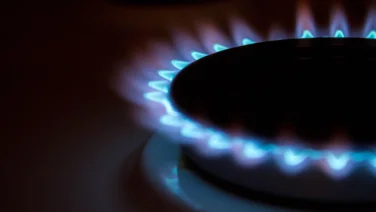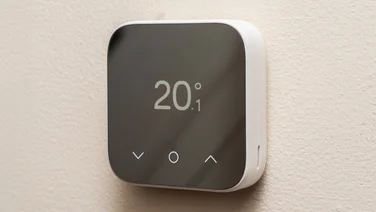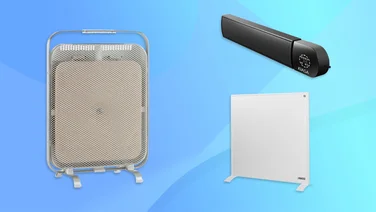To help us provide you with free impartial advice, we may earn a commission if you buy through links on our site. Learn more

Solar panels can shrink your carbon footprint and slash your energy bills by providing nearly all the electricity you need, but only if they get plenty of sunshine. Essentially, solar panels are a no-brainer if you live in Spain or South Africa. But here in the UK, which gets less than half the annual sunshine of South Africa (1,387 hours versus SA’s 3,103), you need to put in a little more planning, and position your solar panels to capture maximum sunlight.
The best direction for solar panels is the same wherever you are in the UK: facing south, and pitched at 40 degrees. If you were in South Africa or Chile, they’d have to face north (towards the equator), but let’s assume you’re more likely to be reading this from Cleethorpes than Cape Town. Your solar panels will ideally face true south, at an angle of 35-40 degrees.
All is not lost if you don’t have a south-facing roof, however. In this article, we’ll explain how to ensure that your solar panels are positioned to work to their best potential, whatever angle, direction or type of roof you have, or even if you have no roof at all.
READ NEXT: How are solar panels installed?
Get a free solar panel quote now
Take our quick survey below and we’ll provide you with a free, tailored quote for solar panel installation based on your exact requirements.
Which direction is best for solar panels?
Today’s solar PV panels are sophisticated devices that capture energy in all light conditions, but there is still quite a big difference between the amount of electricity produced. Exactly how much difference?
To find out, we used the MCS PV Output Calculator, which lets MCS-certified solar panel installers calculate the best direction and angle for panels anywhere in the UK. It reveals how much more, and less, energy a panel produces when facing north, south, east and west, and when tilted at various angles from the horizontal.
Here’s a quick summary:
| Solar panels direction | Angle ° | % of max solar energy yield |
| South | 35° | 100% |
| South-East | 35° | 95% |
| South-West | 35° | 95% |
| South | 10° | 90% |
| South | 85° | 80% |
| East | 35° | 80% |
| West | 35° | 80% |
| North | 10° | 60% |
| North | 35° | 55% |
Direction is key. If you have a roof that faces true south, you can even get away with angling your panels pretty badly (too flat or too upright), and you’ll still get a yield of 80% or higher. Obviously, to make the most of your south-facing panels, you’ll want to angle them correctly, at around 35°.
Incidentally, the south-facing rule applies not just to the UK, but to most places north of the equator. Panels facing south will face the sun all day long.
READ NEXT: How do solar panels work?
What if my roof only faces north?
According to the MCS calculator, a fully north-facing roof receives around 55% of the light energy of a south-facing roof, even from perfectly-angled solar panels. That means that to produce the same amount of electricity from a north-facing roof, you’d need to install nearly double the number of panels. Even if you could afford that, you may not have enough roof space.
Your best option with a roof that only faces north is to have the panels installed on a special mounting system that props them up to face east or west. This may add a little to the cost of installing and maintaining your panels, but it will mean they pay for themselves much faster than if they were set to face north. Bear in mind that panels mounted on a special frame that doesn’t fit flush with your roof may not look aesthetically pleasing. You may not mind, but your neighbours might.
Alternatively, you could have your solar panels mounted on a frame in your garden to face south, if you have enough space out there. Bear in mind that you don’t want them overshadowed by trees or walls, since this would dramatically reduce their energy yield.
Interested in finding out how much solar panels could cost you?
Find the best supplier for you
What is the best angle for solar panels?
The angle of your solar panels doesn’t make as much of a difference to their efficiency as direction does, but it’s still worth getting right. If you were living directly on the equator, you could place a panel flat in your garden and it’d get full sun all day. In the UK, the ideal angle actually changes throughout the year, but on average 35 degrees from the horizontal yields the most energy.
Interestingly, this changes if your panels have to face north, north-west or north-east. When that’s the case, a flatter angle (between 10 and 20 degrees) is best for eking out that north-facing sunlight. But you’d still be much better off changing the direction of your panels rather than changing their angle.






